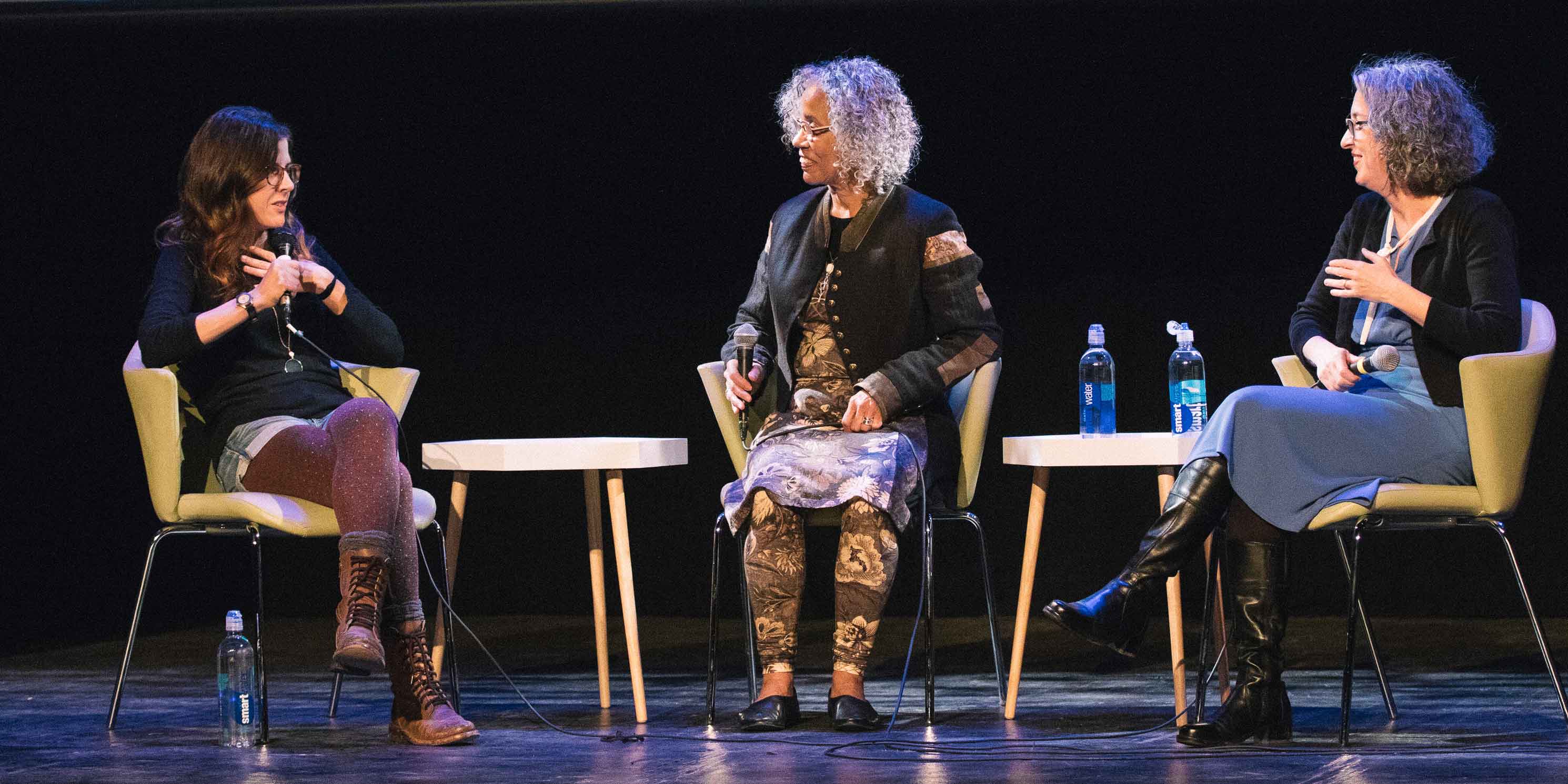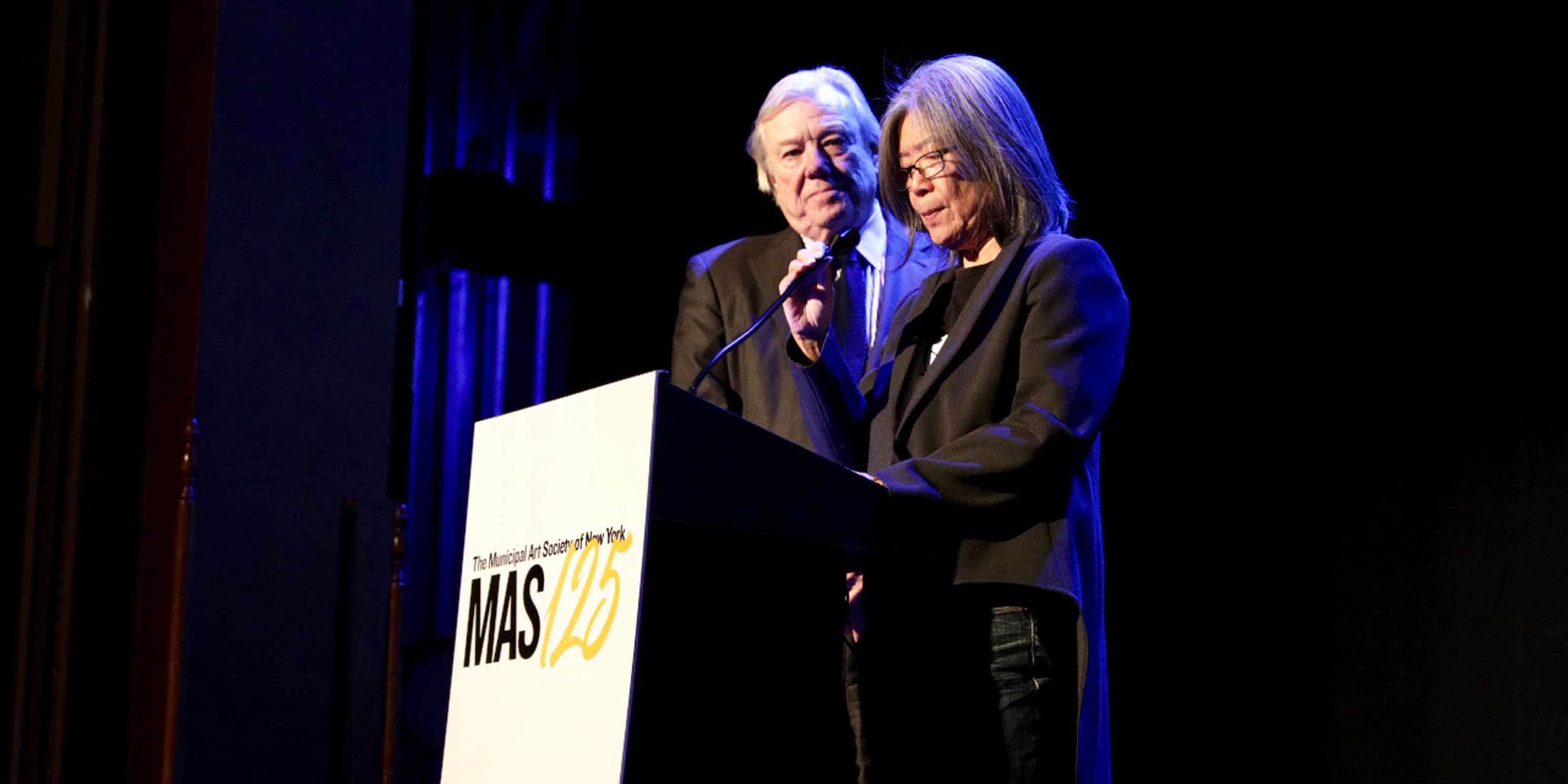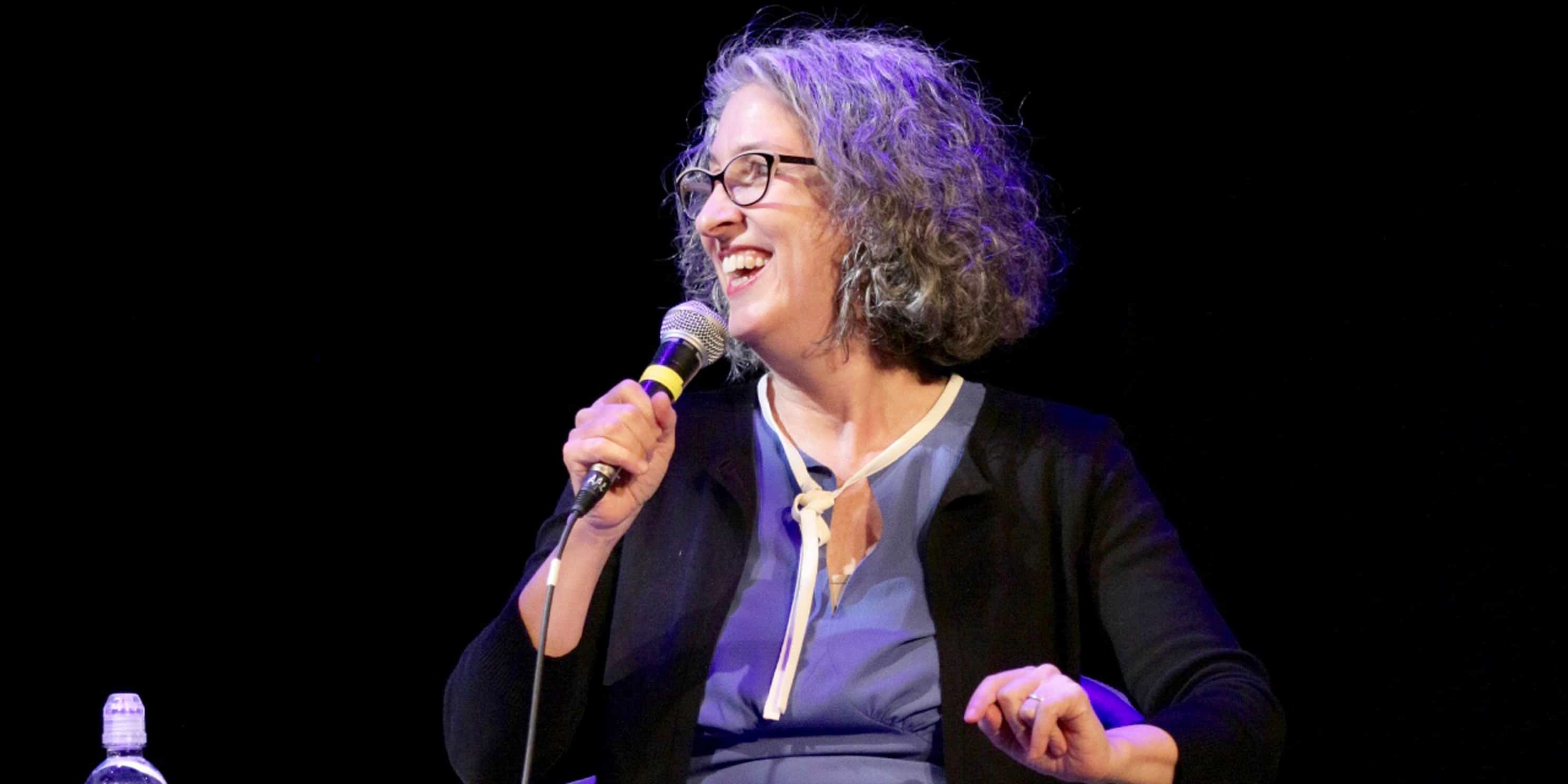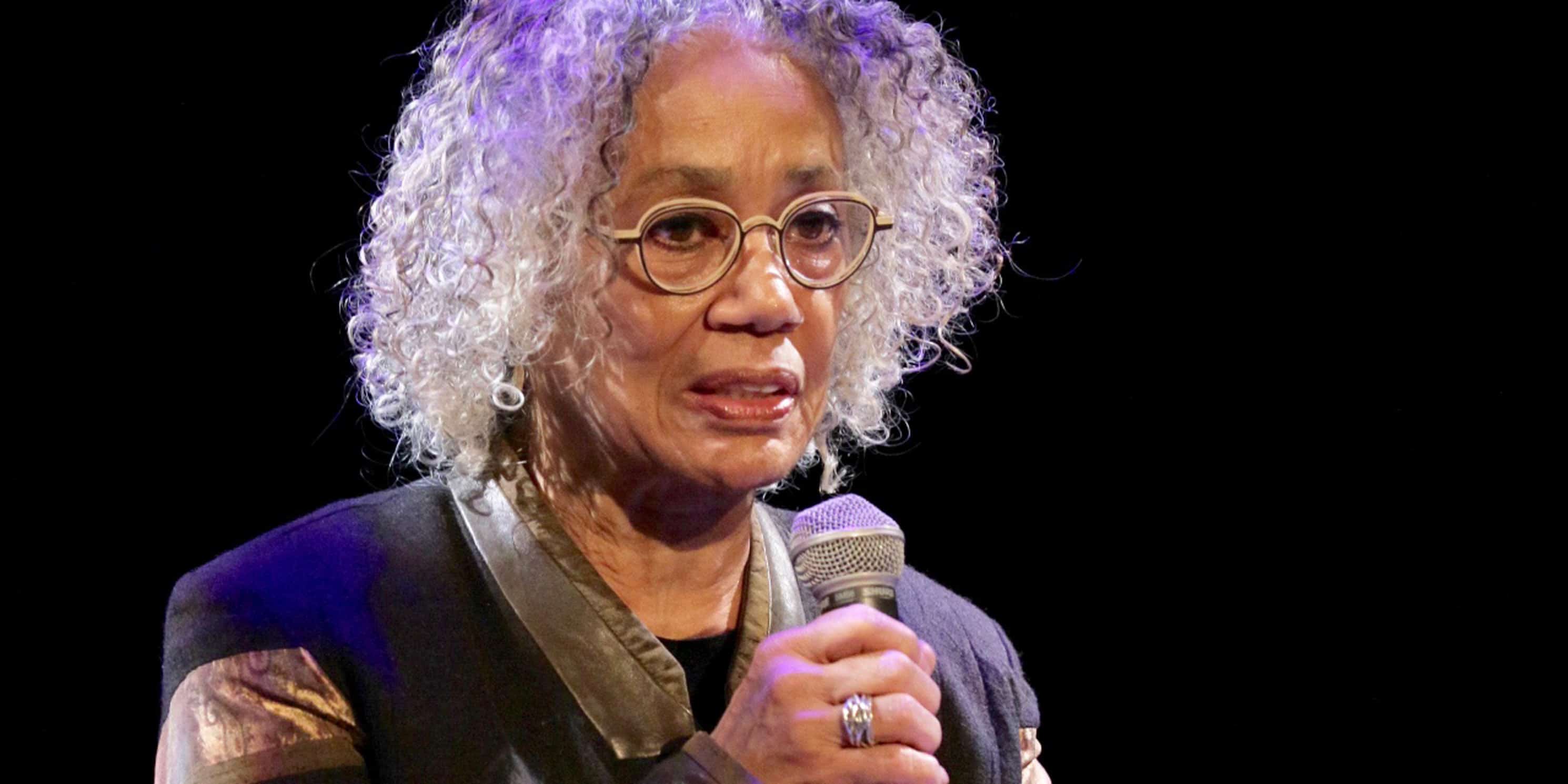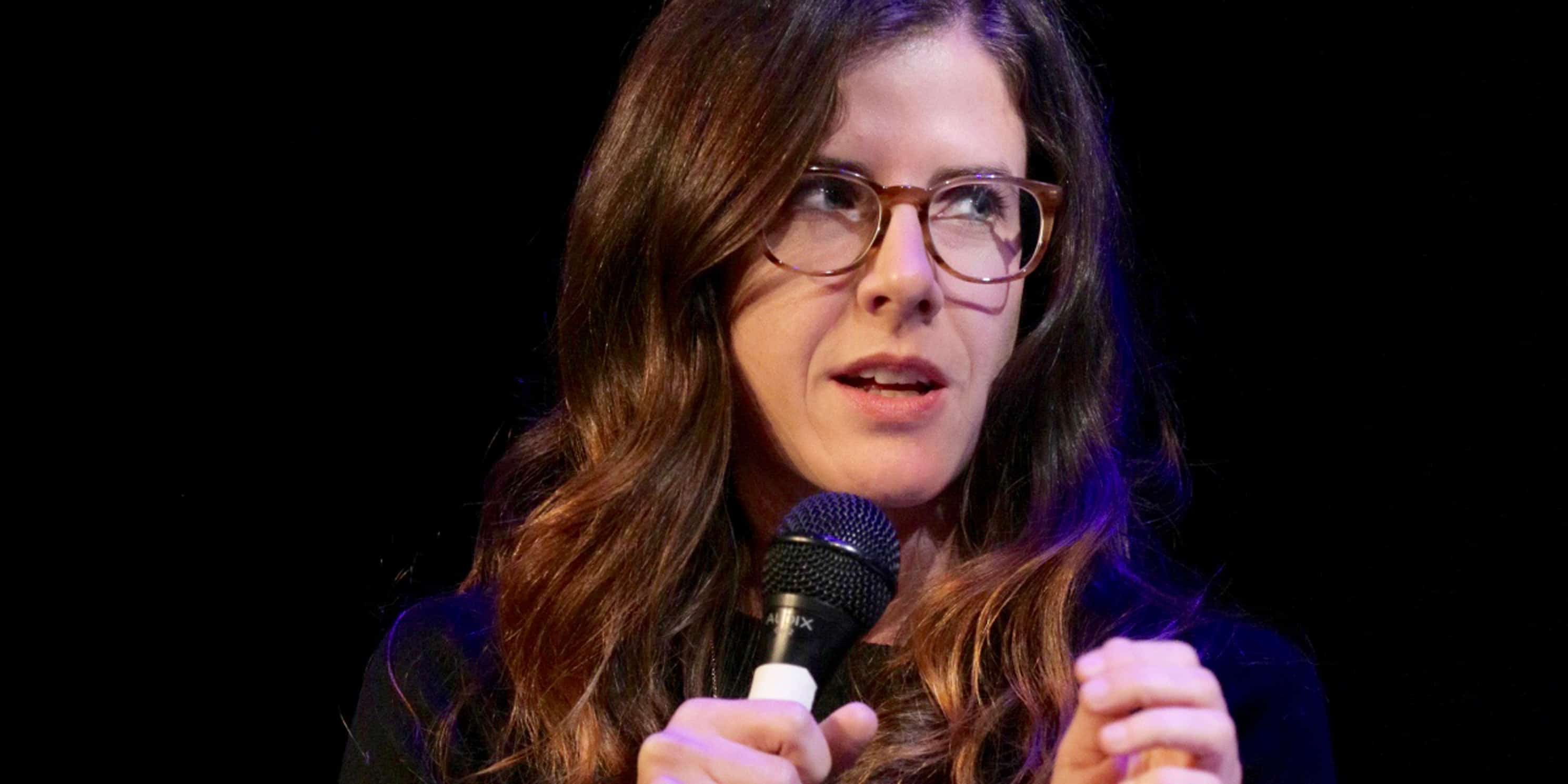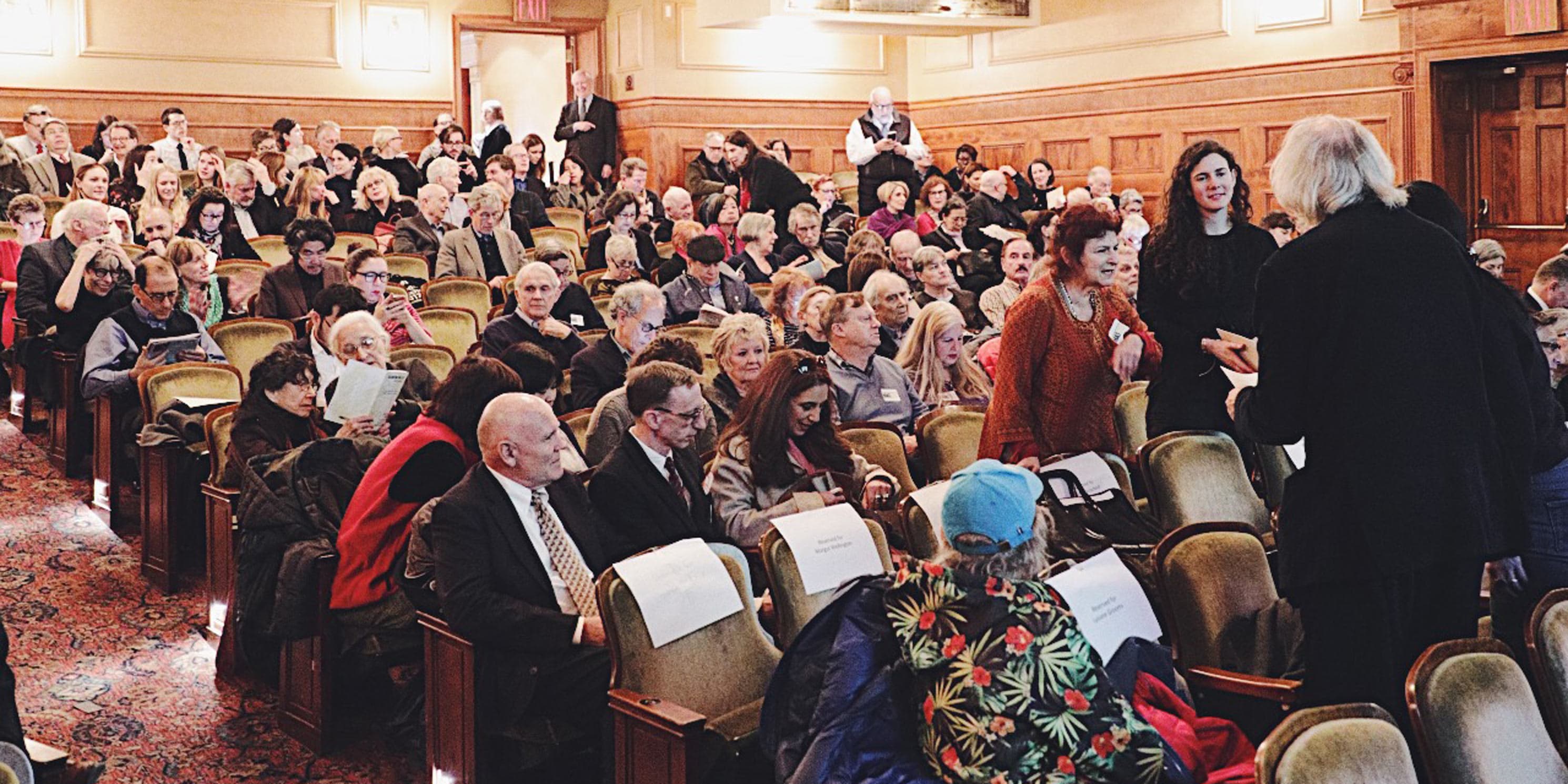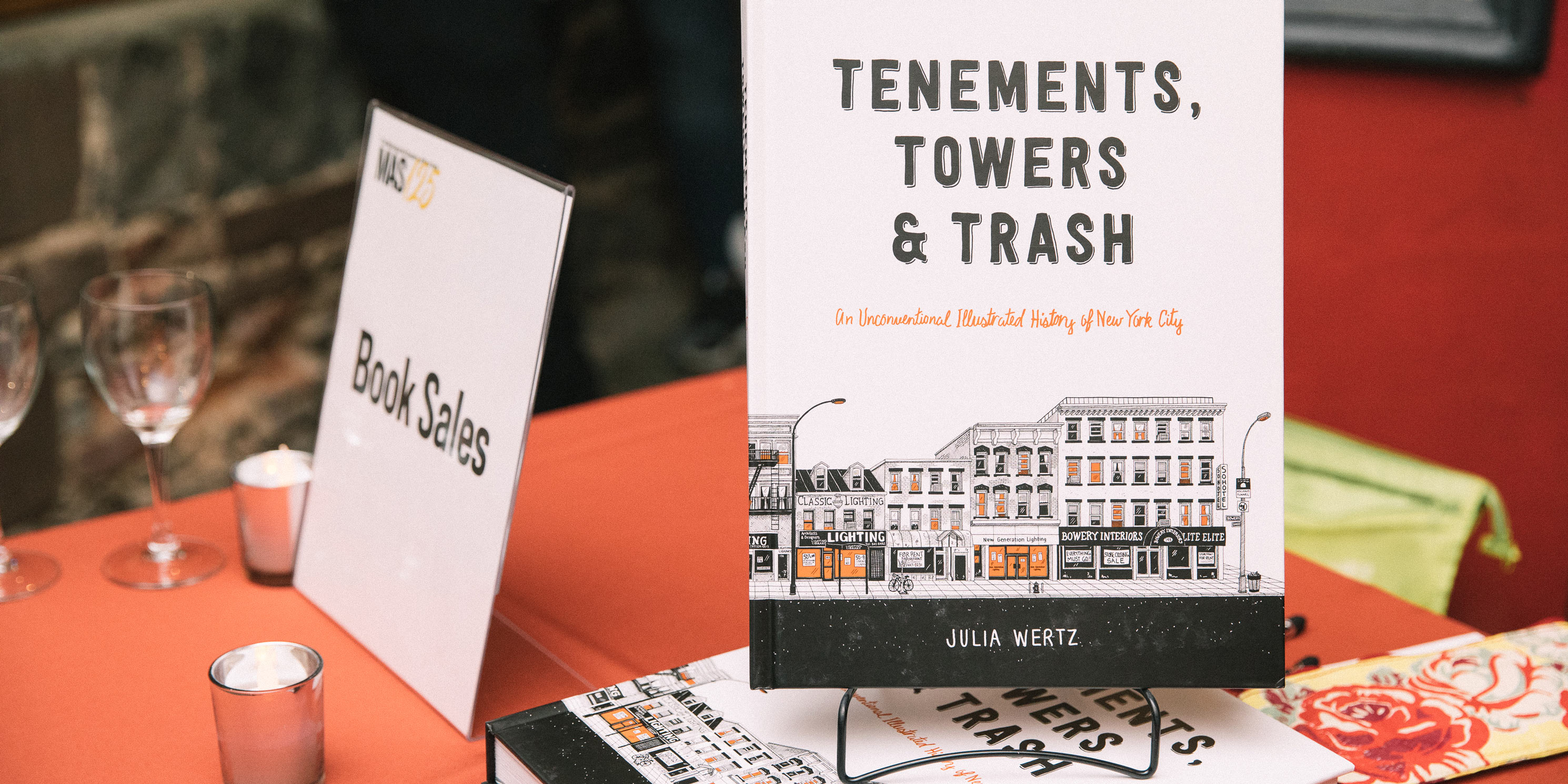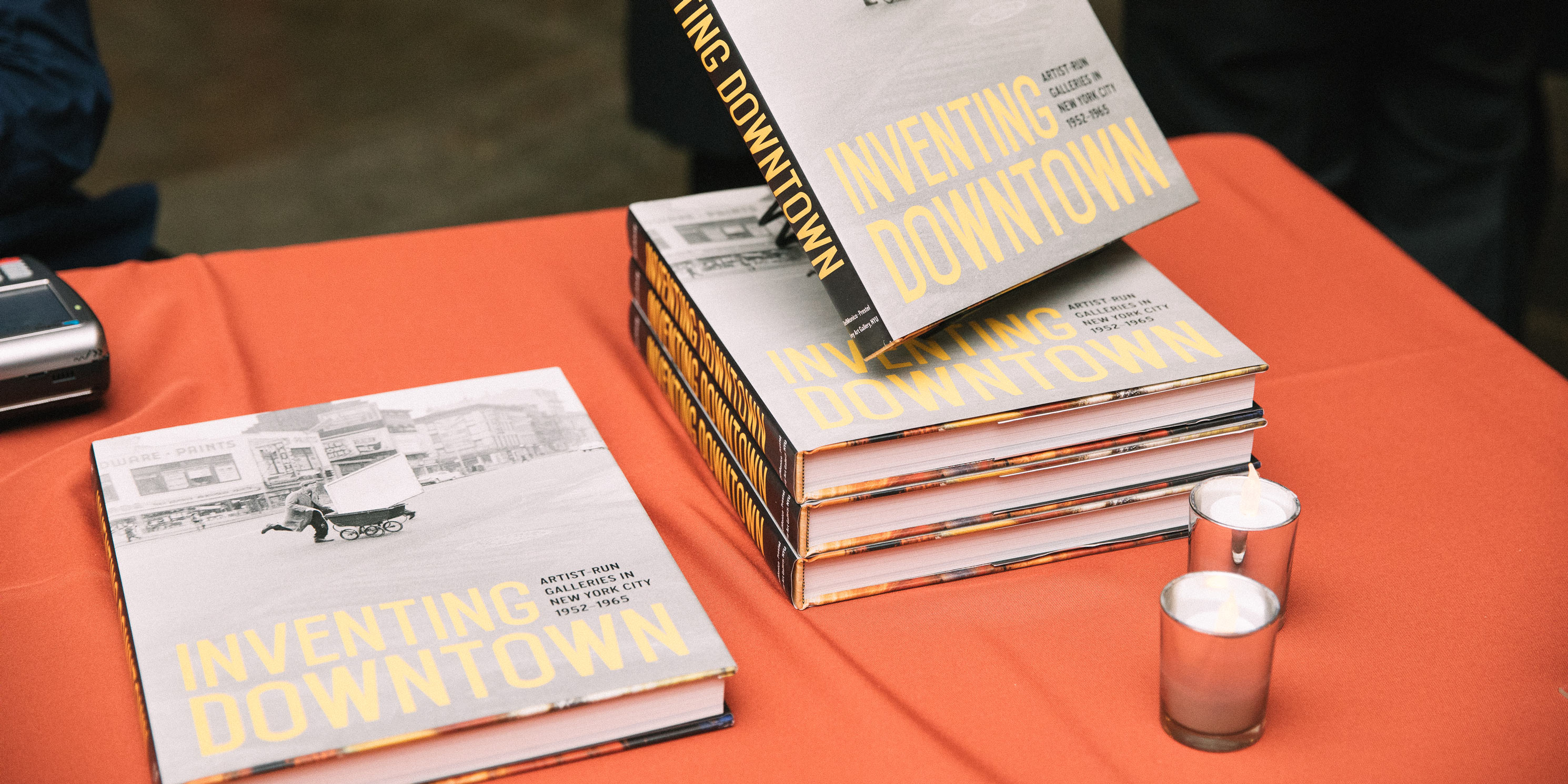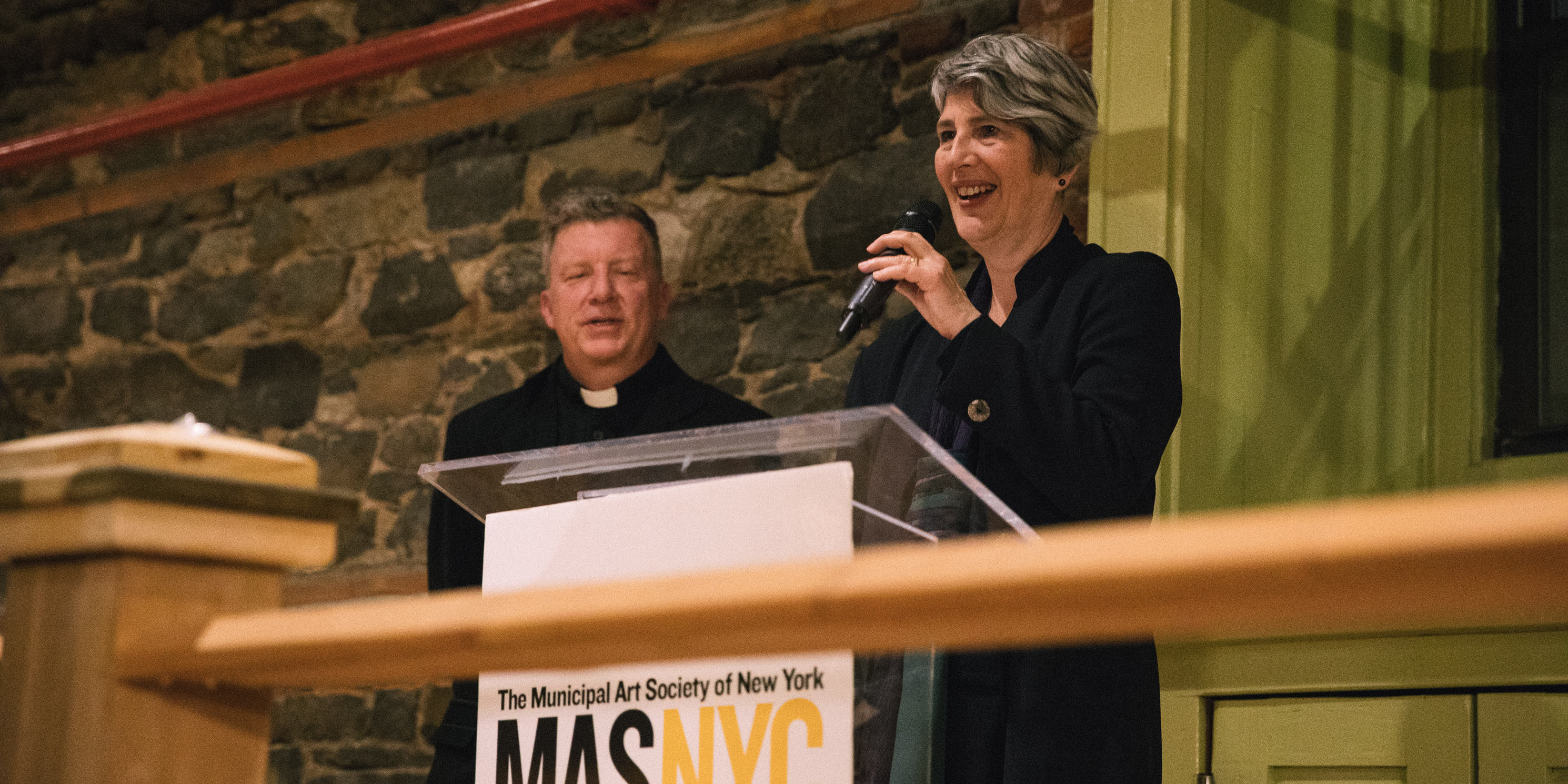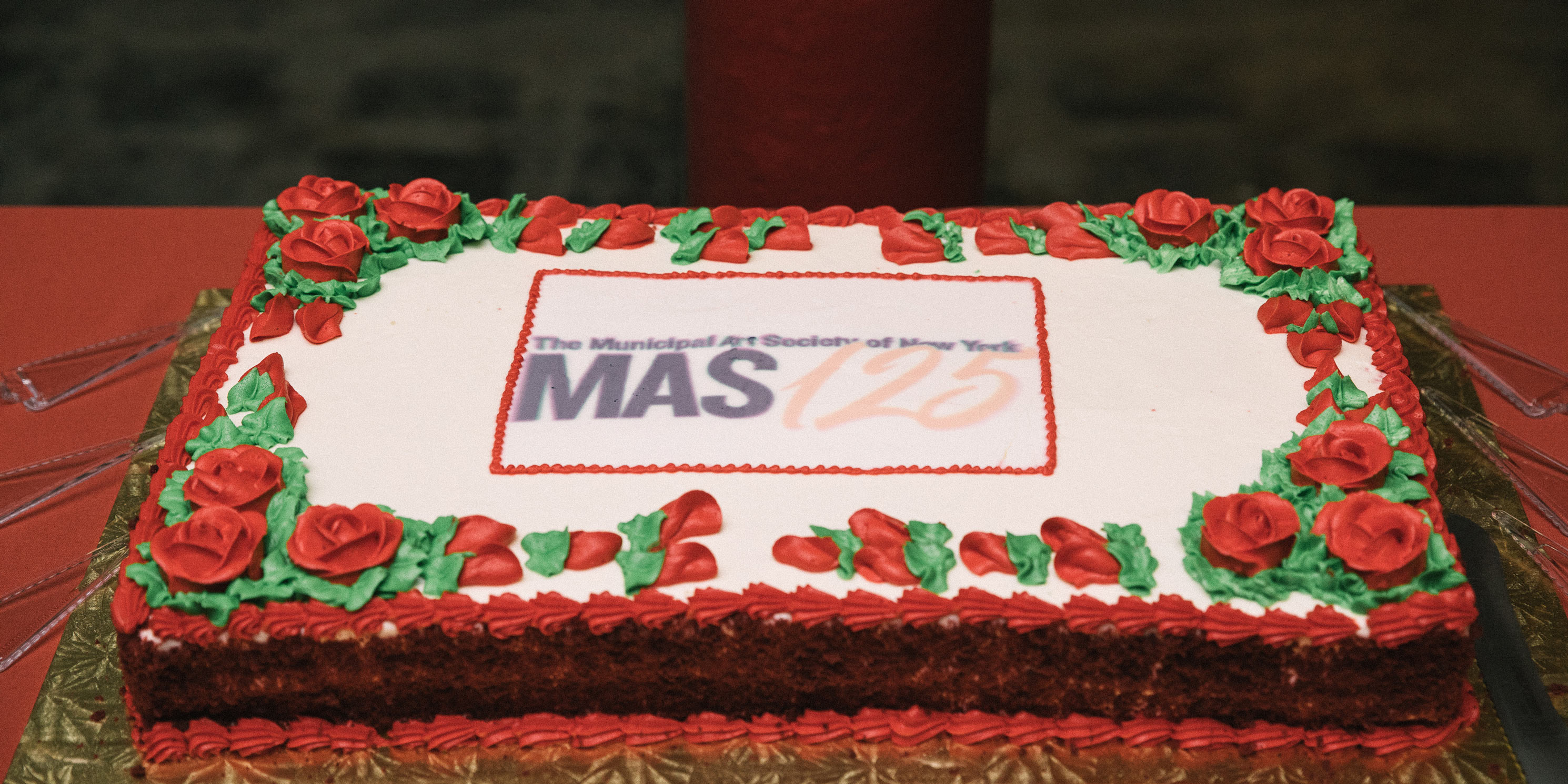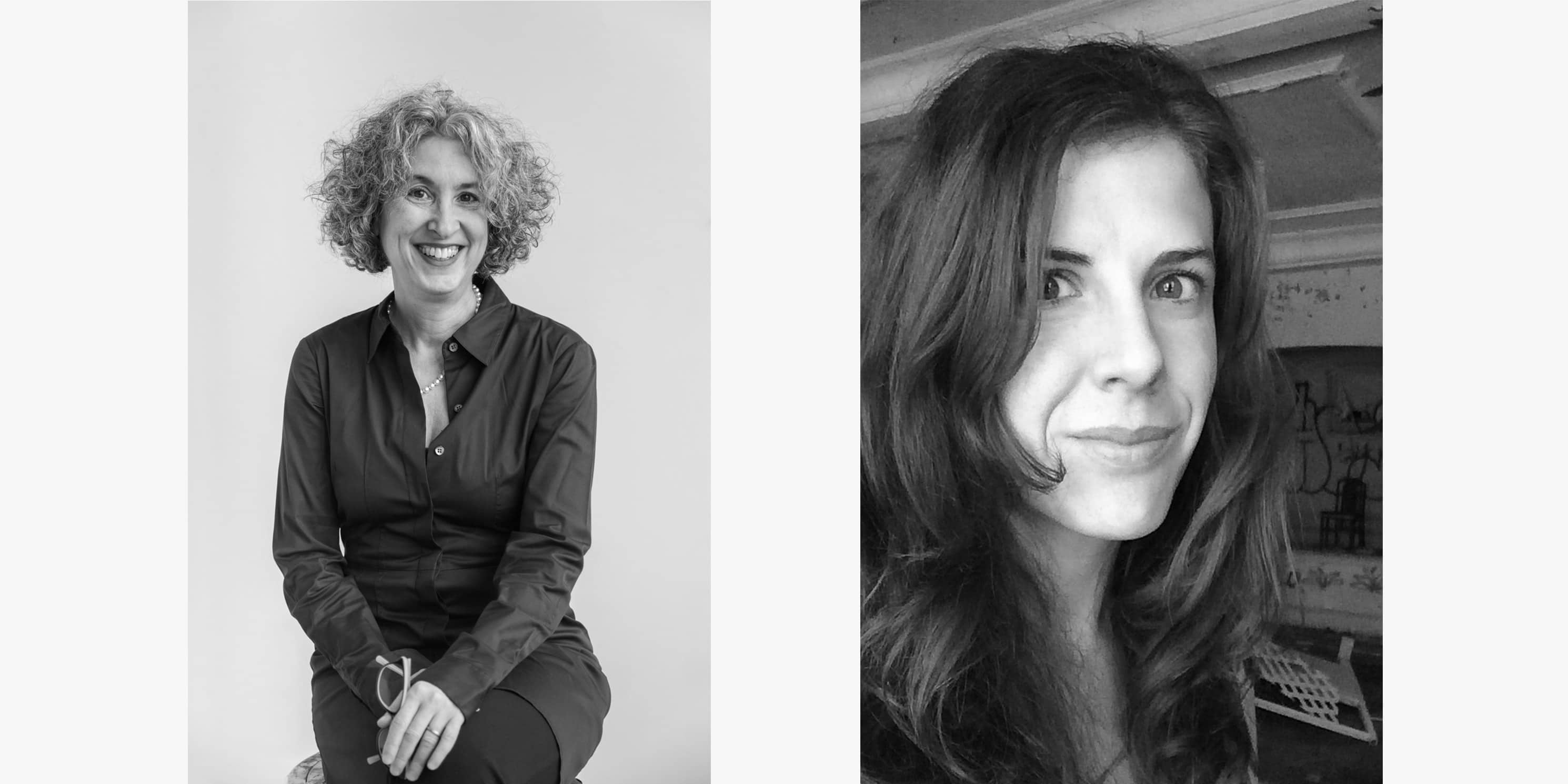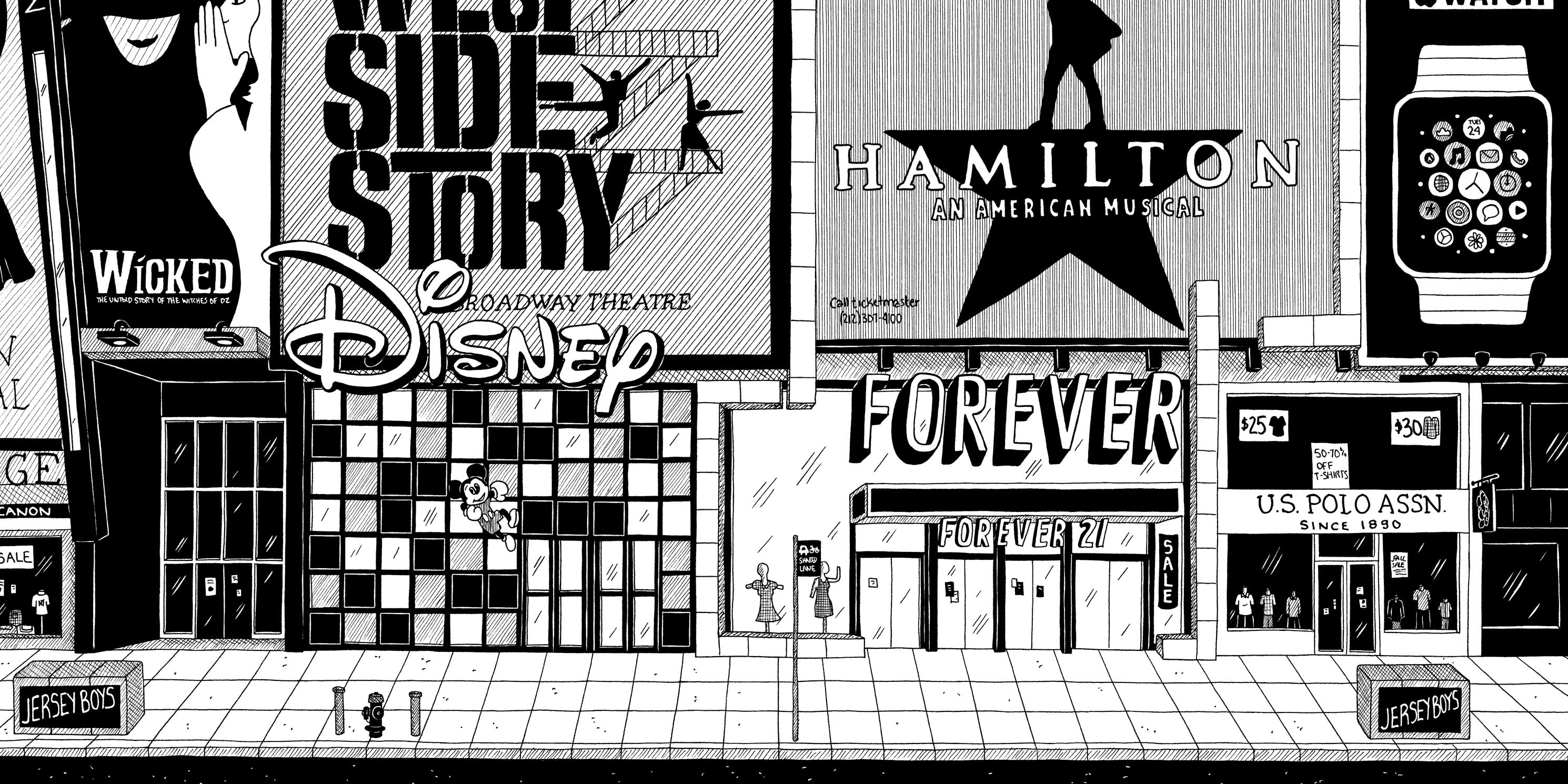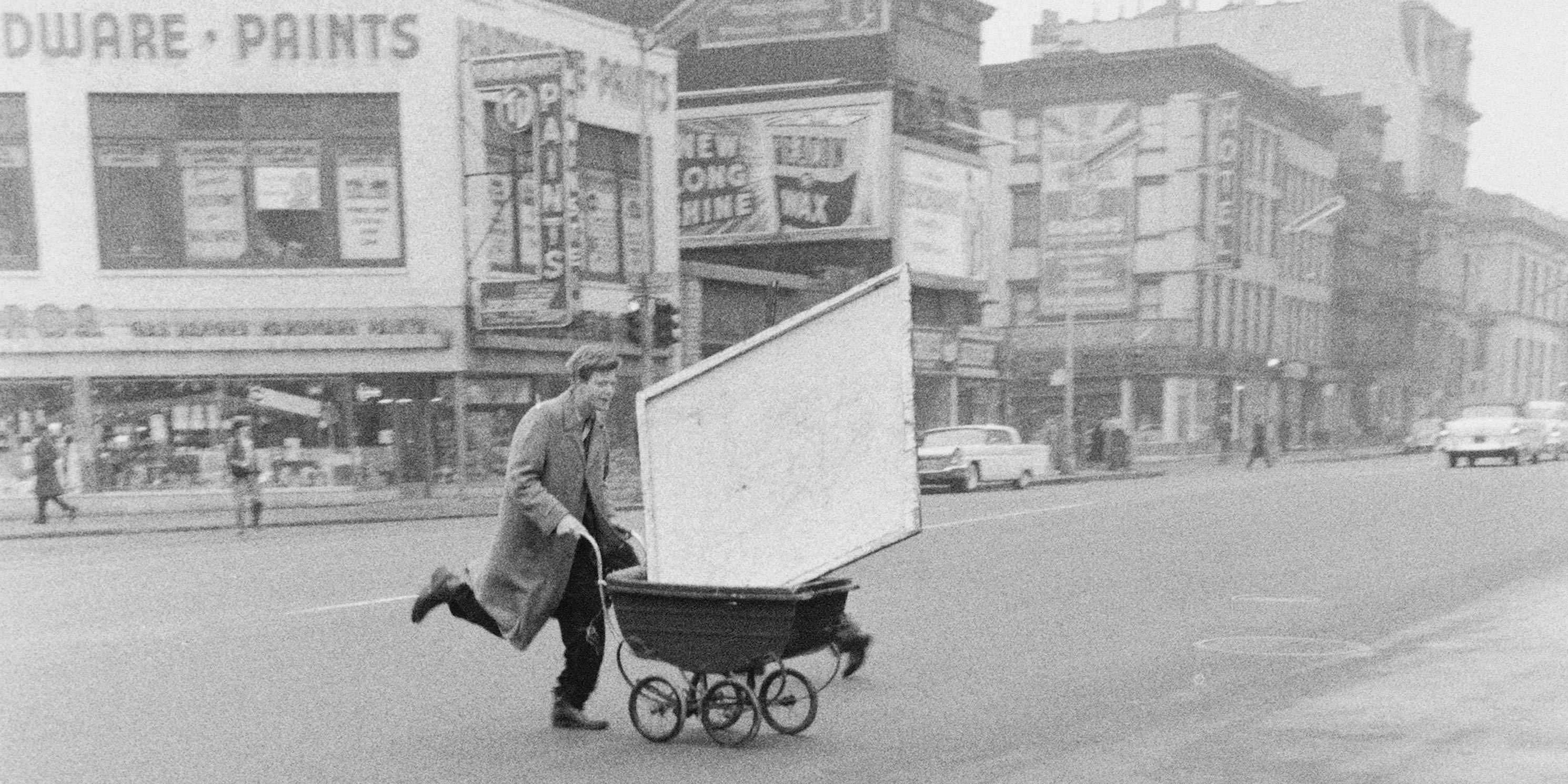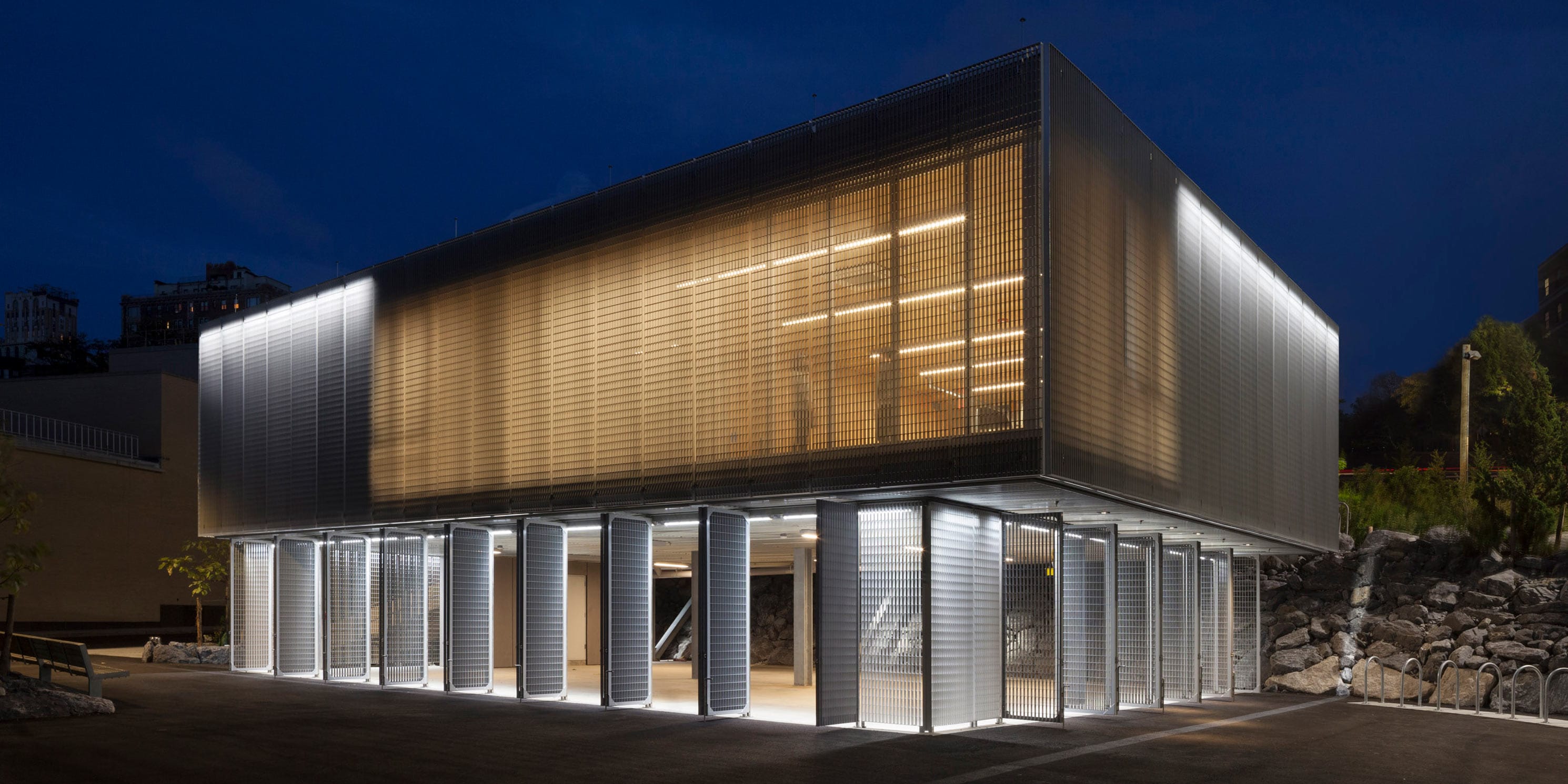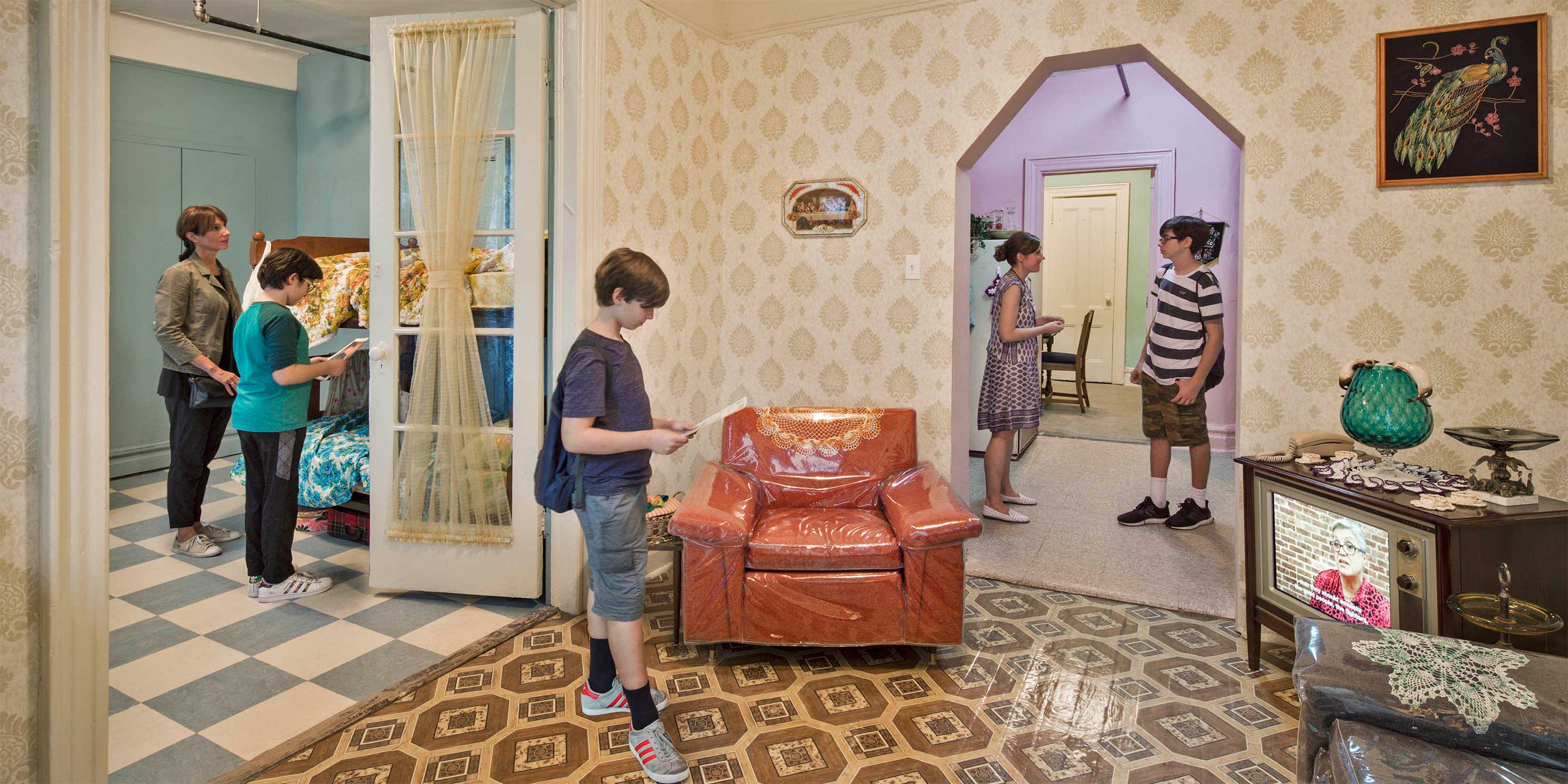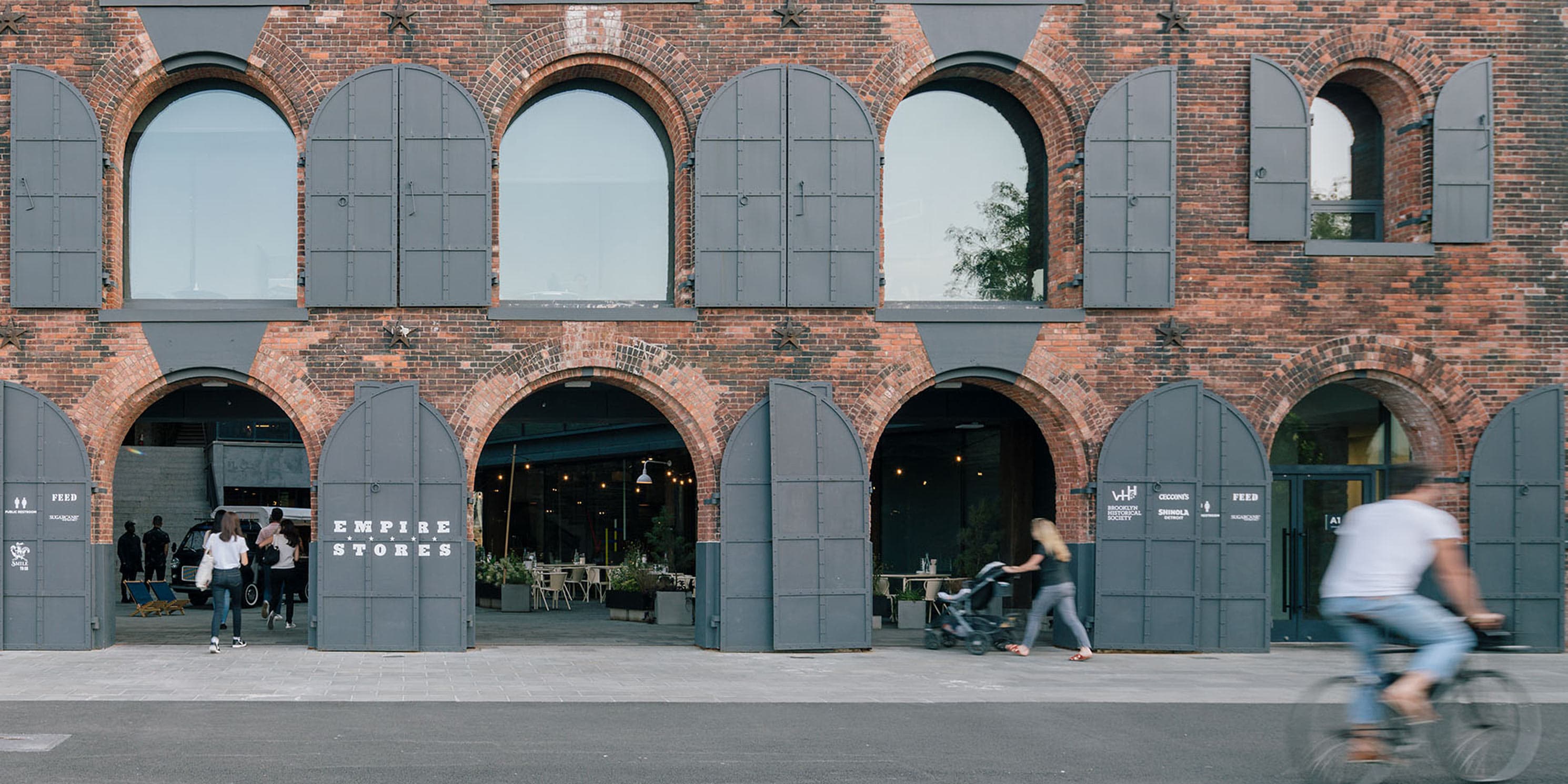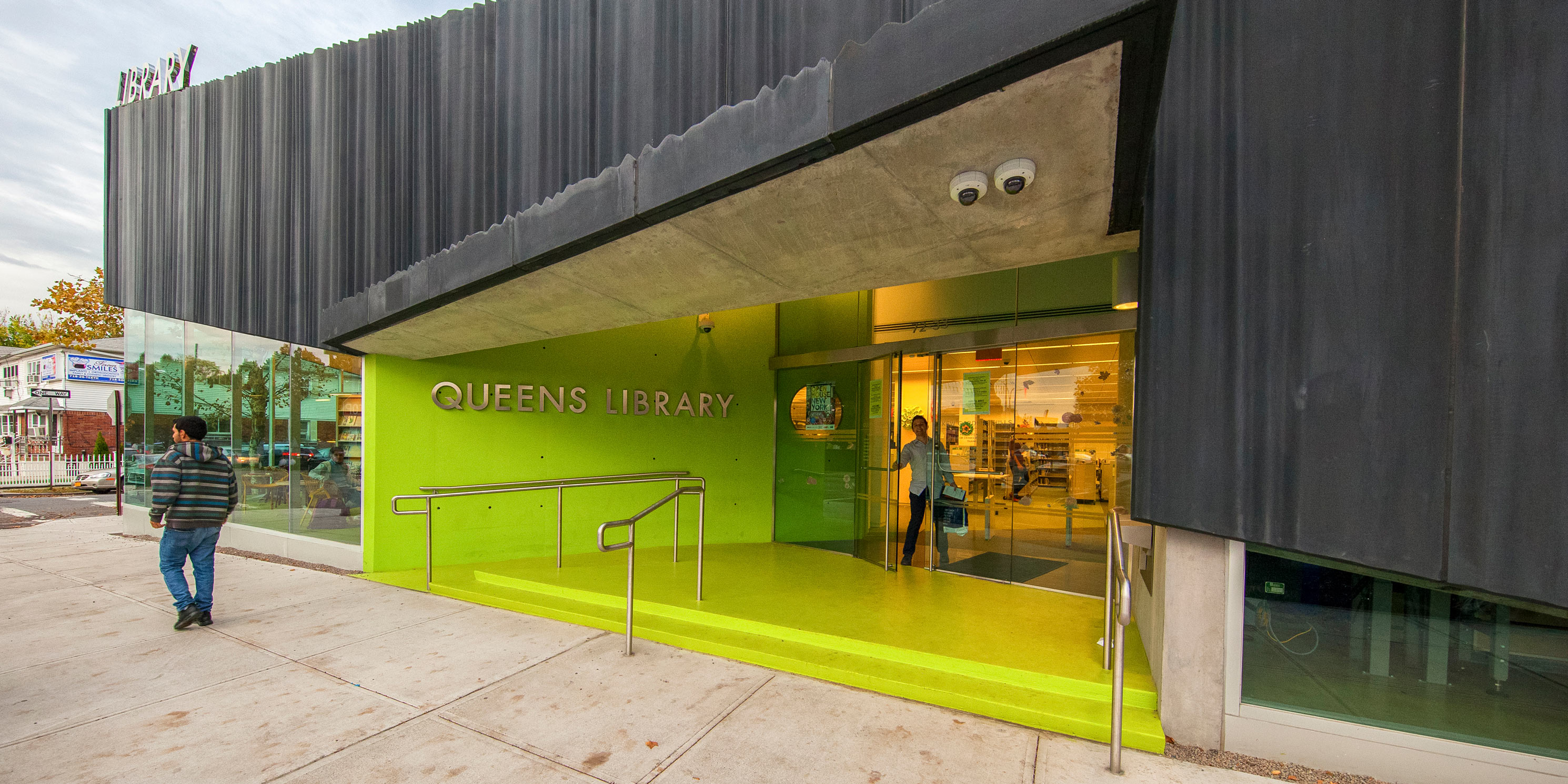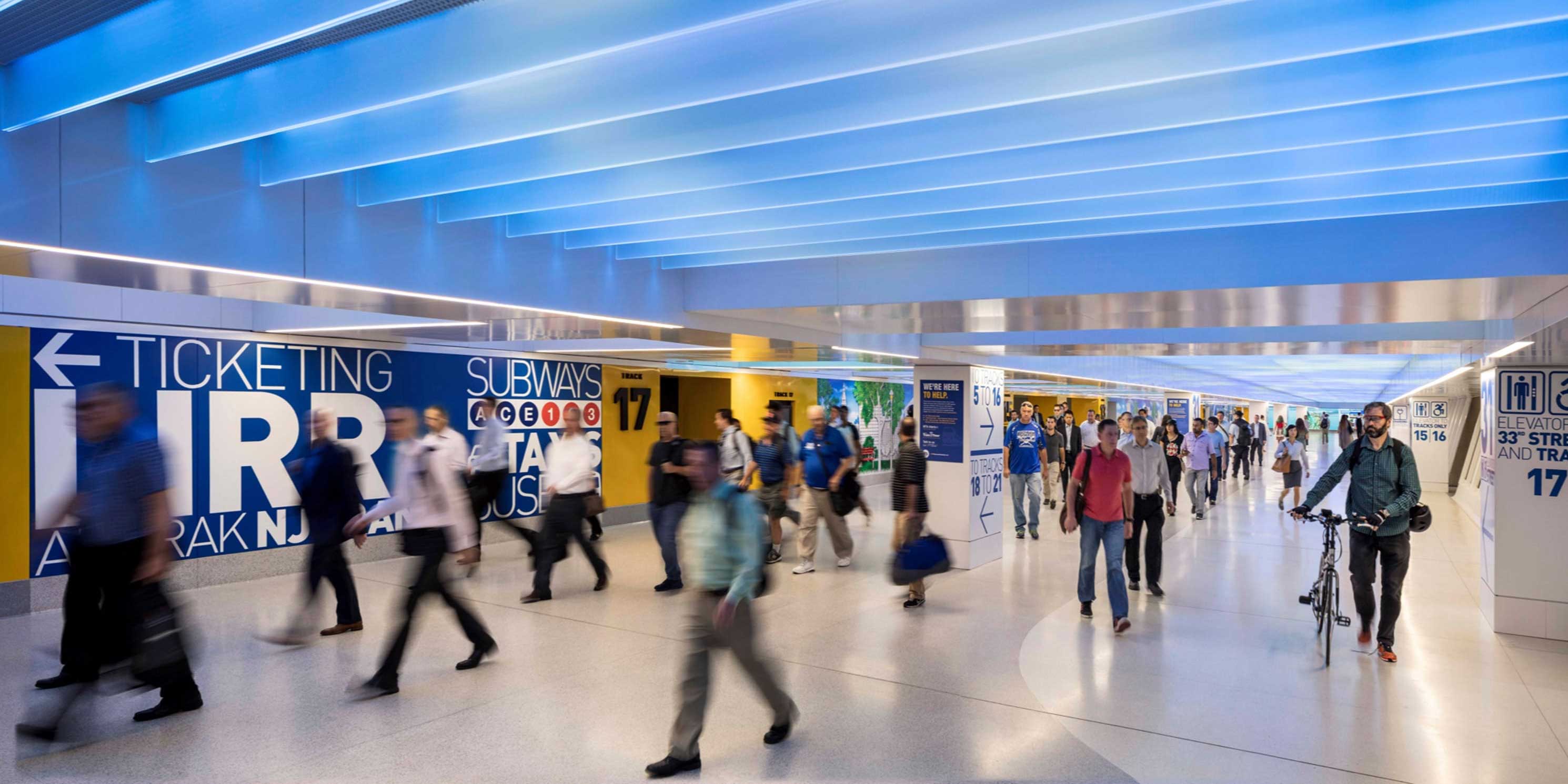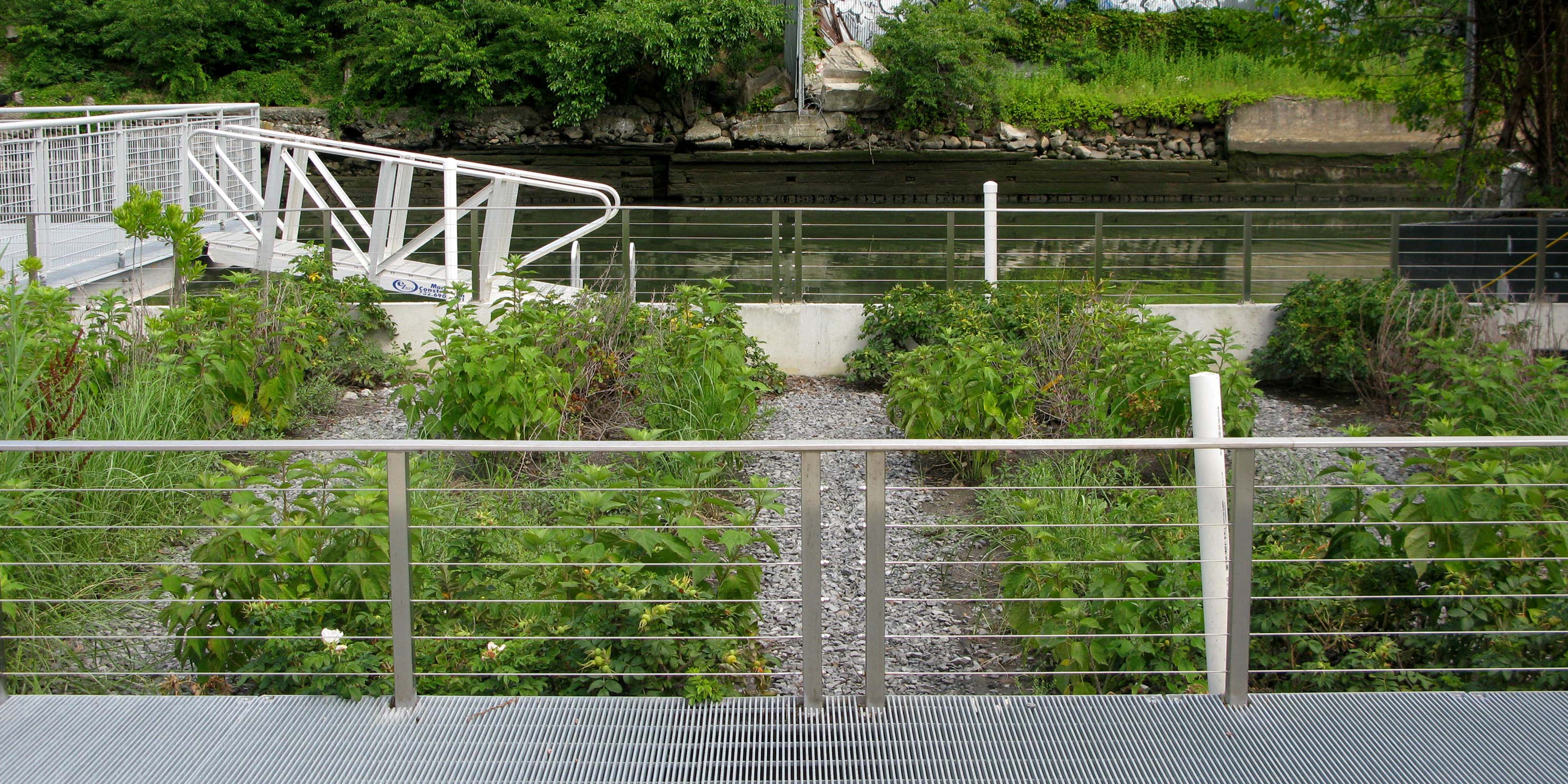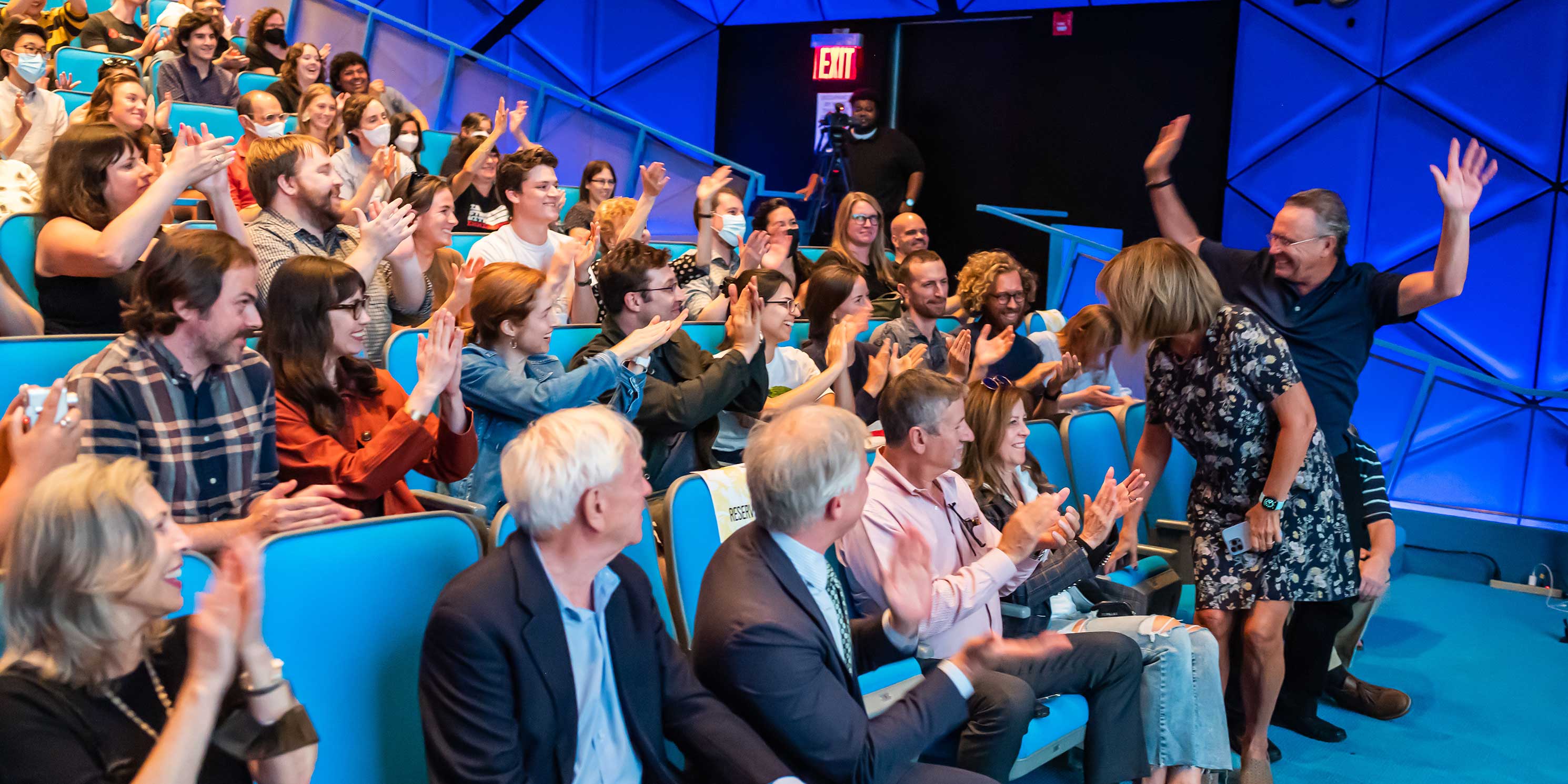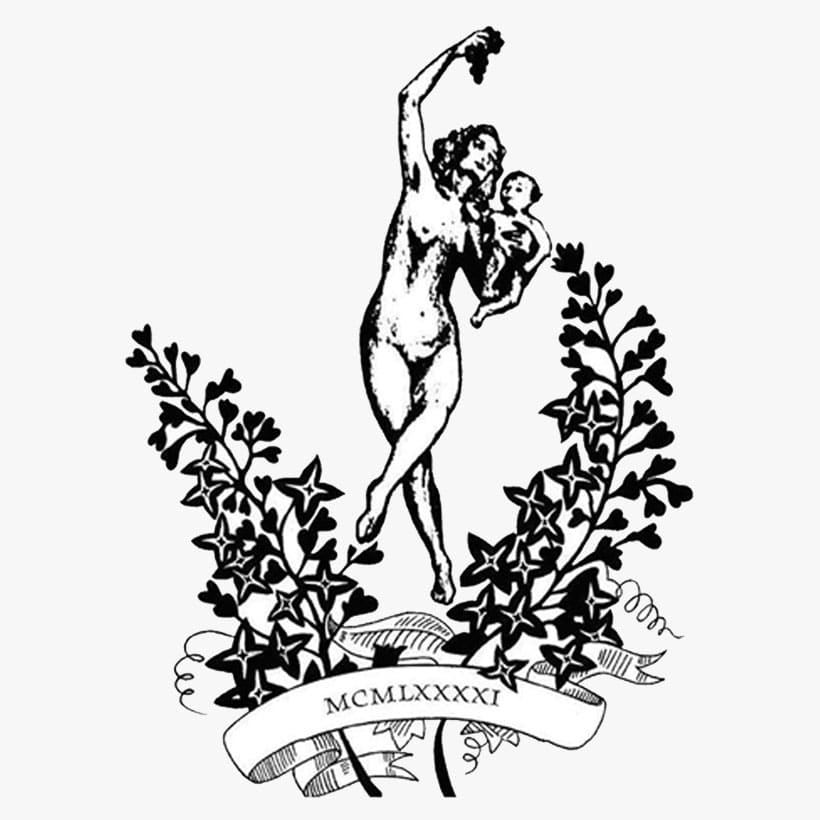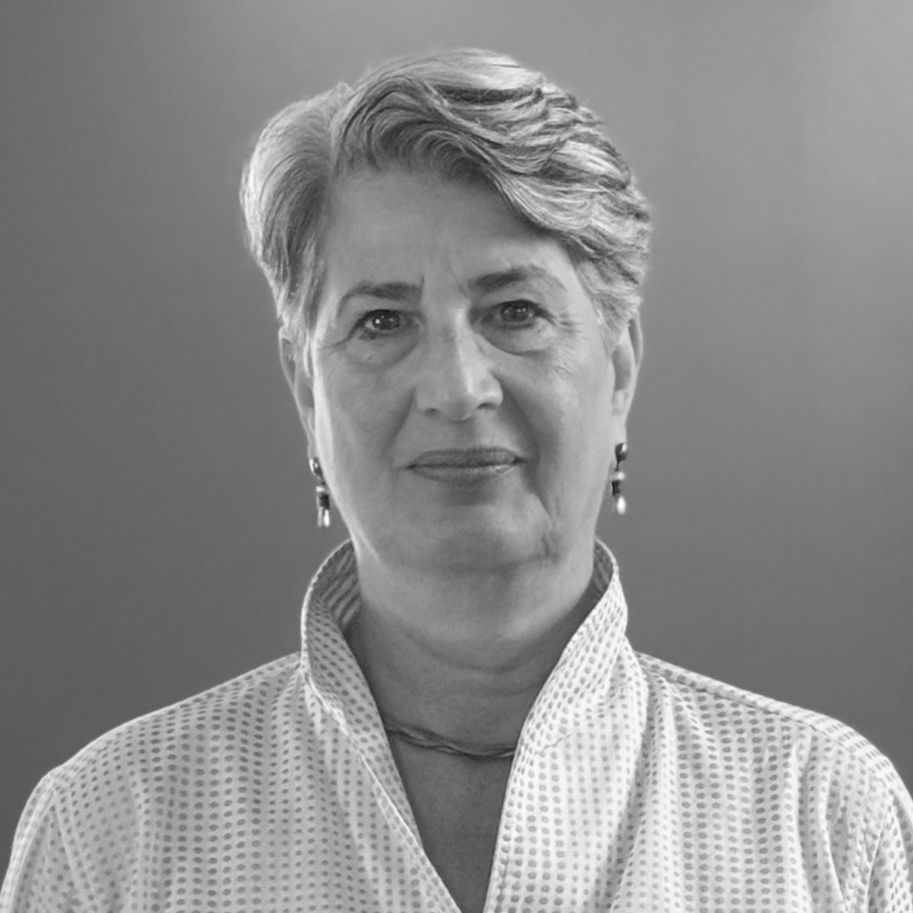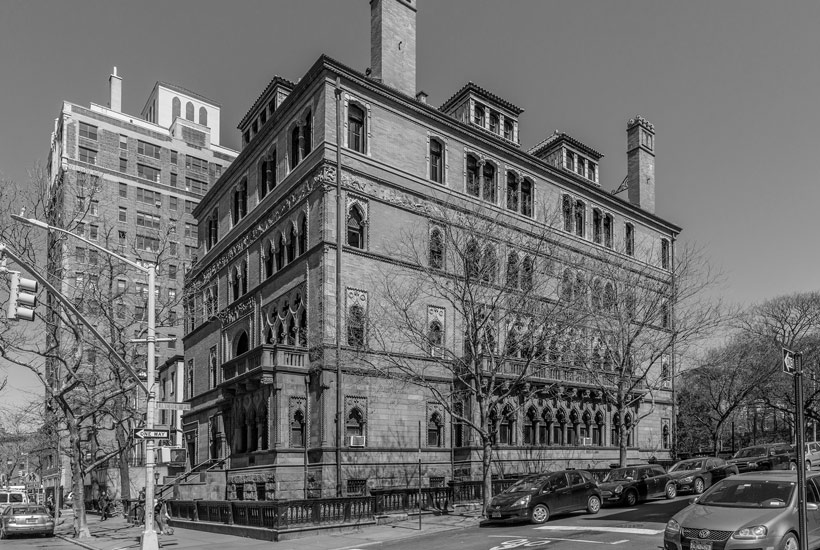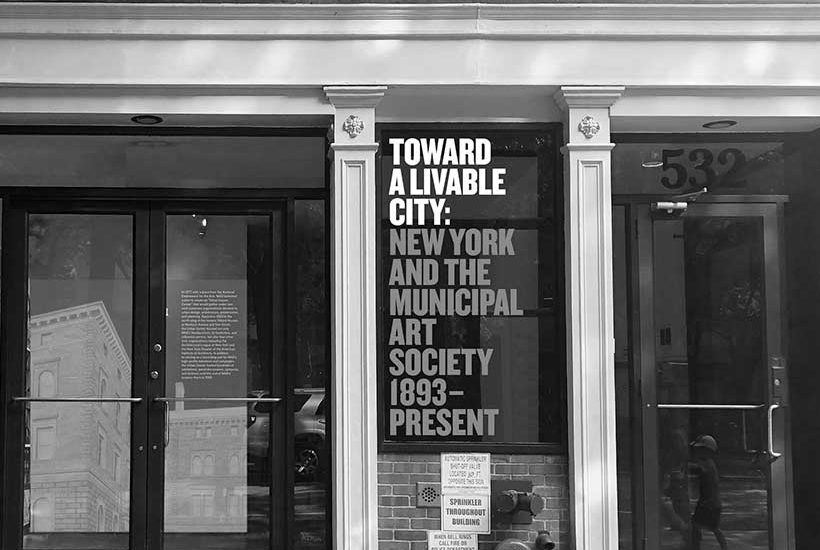MAS Hosts Annual Awards Ceremony
Honoring Excellence in Art and Architecture
On April 11 MAS was thrilled to welcome New Yorkers for our annual awards ceremony. During the evening event, MAS presented the 2018 Brendan Gill Prize and MASterworks Awards and celebrated MAS’s 125th Anniversary.
The Brendan Gill Prize was established in 1987 in honor of Brendan Gill by friend and fellow MAS board member Jacqueline Kennedy Onassis along with board members Helen Tucker and Margot Wellington. The Prize is given each year to the creator of a specific work—a book, essay, musical composition, play, painting, sculpture, architectural design, film or choreographic piece—that best captures the spirit and energy of New York City.
Selected each year by our esteemed jury, the MASterworks Awards pay tribute to projects that make a significant contribution to New York City’s built environment. From some of the city’s most iconic buildings to inconspicuous local gems, our list of past winners includes the likes of New Lab, the Fulton Center, McCarren Pool, TKTS Booth, the High Bridge, and the Museum at Eldridge Street.
Learn more about this year’s honorees below and see photos from the event.
Hosted at the Henry Street Settlement
We were delighted to host the evening event at the Henry Street Settlement as we honored projects that celebrate the creative spirit of New York. MAS and the Henry Street Settlement have a long history together dating back to our shared founding in 1893.
Much of the New York we know today would be unrecognizable to our founders. When these two organizations were born, Brooklyn, Queens, and Staten Island were still independent settlements. The tallest building in the city was the 20-story New York World Building.
Needless to say, much has changed, but through all the ages of New York, MAS and the Henry Street Settlement have continued to serve the city and embrace opportunities to work together. In recent years, we partnered on a demonstration project to show how the city’s historic buildings can become energy efficient.
2018 Brendan Gill Prize Honorees
MELISSA RACHLEFF
Inventing Downtown: Artist–Run Galleries in New York City, 1952-1965
Both the book and exhibition vividly brought to life a period fifty years ago in which a variety of independent, artist-run galleries, invigorated what is today’s East Village, especially East 10th Street between Second and Third Avenues.
The innovative project was enriched by the participation and contribution of distinguished artists such as Red Grooms, Claes Oldenburg, Ed Clark, and Lois Dodd. The comprehensive catalogue reevaluates the creativity and diversity of this group of radicalized visionaries, which included many women and people of color.
It was a time when the making of art was unattached to the commerce of it; a provocative and dazzling moment in the art history of New York City that the Jury considered surely worthy of celebration.
Melissa Rachleff is a Clinical Associate Professor in the Visual Arts Administration Program at NYU: Steinhardt, where she concentrates on the nonprofit sector. Melissa began her career as the assistant curator at Exit Art and co-curated exhibitions on the intersection of visual art and design, and documentation. She also worked on exhibits about living artists at mid-career. As a program officer at the New York State Council on the Arts from 1999-2007, Melissa was an advocate in supporting contemporary art projects done in collaboration with local communities. Melissa has written about artist organizations for a variety of publications. Her essay, “Do It Yourself: A History of Alternatives” was published in Alternative Histories: New York Art Spaces (MIT Press) in 2012.
JULIA WERTZ
Tenements, Towers & Trash: An Unconventional Illustrated History of New York
This celebrated book offers a spirited vision of Gotham that combines the author’s remarkable talents as a documentarian, cartoonist, and urban environmentalist. It embraces multiple communities, small city moments, and hidden histories with contemporary architectural and social transformations.
The book is truly an illuminated manuscript of New York City, unearthing strange and wondrous facts about its history, with a refreshing lack of nostalgia or rebuke. Its discerning and witty commentary pairs with crisp black-and-white drawings that portray everything from bustling food carts to abandoned boatyards.
On page after page, Tenements, Towers, and Trash captures the unrelenting dynamism of New York, what Gill himself called “the energy coming up from the street.”
Julia Wertz is a professional cartoonist, amateur historian and part-time urban explorer/photographer. She made the comic books The Fart Party vol 1 and vol 2, (collected in Museum of Mistakes) and the graphic novels Drinking at the Movies, and The Infinite Wait and Other Stories. Her newest book, Tenements, Towers & Trash: An Unconventional, Illustrated History of New York City, was published by Hachette in fall 2017. She does monthly comics and illustration for the New Yorker. Her work appears regularly in publications such as the New York Times, Harper’s Magazine, and the Believer. She is a repeated MacDowell Colony Fellow, and currently splits her time between Northern California and New York City.
2018 MASterworks Awards Honorees
BEST NEW BUILDING
Brooklyn Bridge Park Boathouse
Perched on the Pier 5 Uplands, the new the Boathouse at Brooklyn Bridge Park is a testament to the elegance of thoughtfully-designed everyday structures. It cleverly capitalizes on the simplicity of its materials and the utilitarianism of its function to create something meticulous but not precious, polished but not flashy.
From outside, the boathouse comes alive, its exterior shifting from ruggedly opaque to curiously translucent, depending on the time of day and the change of seasons. It artfully punctuates the landscape and celebrates the return to recreation on the waterfront that Brooklyn Bridge Park as a whole as inspired.
BEST RESTORATION
Tenement Museum
The Tenement Museum’s building has always been a crucial piece of its storytelling power. Its recent expansion nearly tripled the size of the Museum, allowing it to incorporate permanent exhibits on Chinese immigrants, Holocaust survivors, and Puerto Rican newcomers who came to America after World War II.
But the expansion came with its own set of challenges, requiring the team at Perkins Eastman to knit together three separate but connected former tenement buildings on Orchard Street. They were charged with bringing light, air, and safe way-finding into the unified space—three qualities almost antithetical to tenement construction. And they needed to do so without compromising the historic character of the space.
The final result is a transporting museum experience different from any other cultural institution in the city.
BEST ADAPTIVE REUSE
Empire Stores
Stationed on the DUMBO waterfront between the Brooklyn and Manhattan Bridges, the seven Civil War-era warehouses known as Empire Stores sat abandoned for half a century. The massive complex, which the Landmarks Preservation Commission called a “mute testimony” to the prosperity of 19th century Brooklyn, had once been a bustling economic hub. But for generations it served more as a fortress dividing the neighborhood and the waterfront.
Today that fortress is a gateway. The new Empire Stores, opened last spring, brought 450,000 square feet of much-needed office space to the borough along with retail, dining, public space, and art galleries that make it a 24/7 destination.
The project exemplifies the goals of adaptive re-use: it celebrates and preserves the building’s monumental presence on the waterfront, transforming its 19th century industrial shell to a 21st century creative community hub.
BEST NEW URBAN AMENITY
Kew Gardens Hills Library
The Kew Gardens Hills Library has long held the distinction of boasting some of the best attendance and circulation figures of any library in the country. But after fifty years of active use, its facility was showing its age.
This fall, the Library reopened after a top-to-bottom rebuild that transformed it into a forum for education and opportunity that serves all ages. The principles of sustainability and equity are embedded thoughtfully throughout the design, which delivers a state-of-the-art green roof, full ADA accessibility, and an additional 3,000 square feet of community space. The building’s concrete curtain façade parts like a book at the west corner, revealing the activity inside and inviting passersby to come in.
The new Kew Gardens Hills Library facility will enable this cherished pillar of the community to continue serving its neighborhood for generations to come.
BEST NEW INFRASTRUCTURE
Moynihan Train Hall and Farley Building Redevelopment Phase 1: New West End Concourse
The Moynihan Train Hall project is one of the most critically important civic priorities facing New York. The completion of Phase 1 last year marked an incremental but vital step forward toward addressing the issues at Penn Station, the busiest transit hub in the Western Hemisphere.
The Moynihan Station Development Corporation’s commitment to preserving the McKim, Mead, and White-designed Farley Post Office has been evident throughout Phase 1. The final result succeeds in sensitively animating the space, bringing activity and vitality to a cherished building.
This initial phase succeeds in addressing immediate issues in the station, and its on-time, on-budget delivery brought needed momentum to achieve the urgent track-level changes still to come. Today, thanks in part to the example set by Phase 1 of the Moynihan Train Hall project, Phase 2 has been made viable as an innovative public/private partnership.
BEST URBAN LANDSCAPE
Gowanus Canal Sponge Park
More than a decade ago, a group of grassroots activists and designers conceived of a natural, replicable green infrastructure system for cleaning storm water in the Gowanus Canal superfund site. The idea itself was revolutionary but realizing the project would require years of advocacy and a web of diverse partnerships spanning both public and private sectors.
Gowanus Canal Sponge Park is a working landscape on Brooklyn’s Second Street that captures excess storm water before it enters the sewer system and decontaminates it using a delicate balance of woody plants and engineered soils.
It is an ingenious solution to the limitations of New York’s combined storm-sewer system with the potential to serve as a model near and far: Second Street is one of 200 dead-end streets along the New York City waterfront with runoff issues, and 860 other municipalities in the country use a similar combined sewer system.
